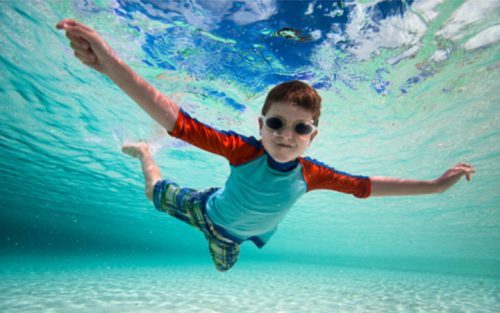High quality swim classes
The Importance of High Quality Swim Classes for babies and toddlers and children
Swimming is an essential life skill we must all teach our children. Other sports are great for physical activity, team building, balance, other medical benefits, but swimming will save your child’s life. Not learning how to swim is like not knowing how to cross a road. There is no way we will avoid water our child’s entire life. This is why finding a high quality swim school is so important.
Government local pools offer affordable classes, or so they say. But after speaking with many parents, we begin to realize these local swimming pool classes are not at all cheaper though the $5 a class seems so enticing. What happens at one of these local pools is that children as young as 16 years old begin to teach swim classes to babies as young as 6 months old! Not only that, but classes will contain 10 kids for one instructor at times. Yes, there are lifeguards on duty, who are also teenagers and also watching dozens of other children. What often happens are the following outcomes:
1. The young teacher has no experience and so the class is put into life jackets the entire time and therefore the children do not learn to swim. What could be accomplished in one month of high quality classes takes years for these local, cheap classes to accomplish due to lack of training.
2. Children will develop a fear, again, because of the teachers lack of understanding, poor curriculum design, inability to understand child development and psychology, thus not properly addressing the child’s fear. The child now does not want to go near to water.
The old saying, “you get what you pay for,” definitely holds true.
Look for a swim program that has small class sizes. Here is what we recommend:
1. If parents are entering the pool classes can generally be 4 to 6 students large. This is ideal for trainers to give parent directions and assist them with their child. A very experienced trainer could handle perhaps 7 or 8 kids but still, class sizes work best if kept around 5 students.
2. When parents do not enter the water, and child is not properly swimming strokes (as in, this is not a stroke correction class) then the class size should not exceed 3 students.
3. Look for a swim program that actually has a philosophy on teaching. Children learn best through play and the entire swim class should feel like an interactive performance of singing, games, acting out, toys, and more!
4. Instructor’s should be mature and have not only hands on experience with children, but also a background in psychology nd child development. If the child is not comfortable, youc an not just copy and paste curriculum in front of them. We need to make sure they feel at ease and are receptive to different positions in the water or they will not learn.
5. A program that puts your child in life jackets the whole class, or even daily, is not appropriate! The only time a life jacket should be used is if the program is teaching them about water safety while boating or short intervals, short meaning, minutes long, not an entire class.
Other things to consider when finalizing your swim school
1. Water temperature: Is the water heated? Babies and toddlers tend to lose body heat much faster than adults. Providing warm water will have them more at ease in the pool.
2. Is the pool a salt water pool?
We all know chemicals are not good for our bodies, and this is even more true for babies. Make sure they are in salt water as it is more gentle on their skin.
3. Indoor or Outdoor pool? Shade?
An ideal pool will have some filtered sunshine and be outdoors, why? Well research has shown us that being outside helps our brian produce positive chemicals that allow us to be happier. We tend to spend too much time indoors and do not immerse ourselves in nature which can be very therapeutic. Having said this, too much sun can be very damaging. A pool that has ample shade is a perfect scenario as it allows filtered sunlight to come through which will allow for some essential viamin D but alos not making is necessary to wear sunblock lotions that are again, loaded with chemicals. Make sure you check your pool, and realize where shade is at during your swim class so you can properly prepare.
Make sure to subscribe to our newsletter so you do not miss out on all our tips and information to pick the best swim program for your child.

